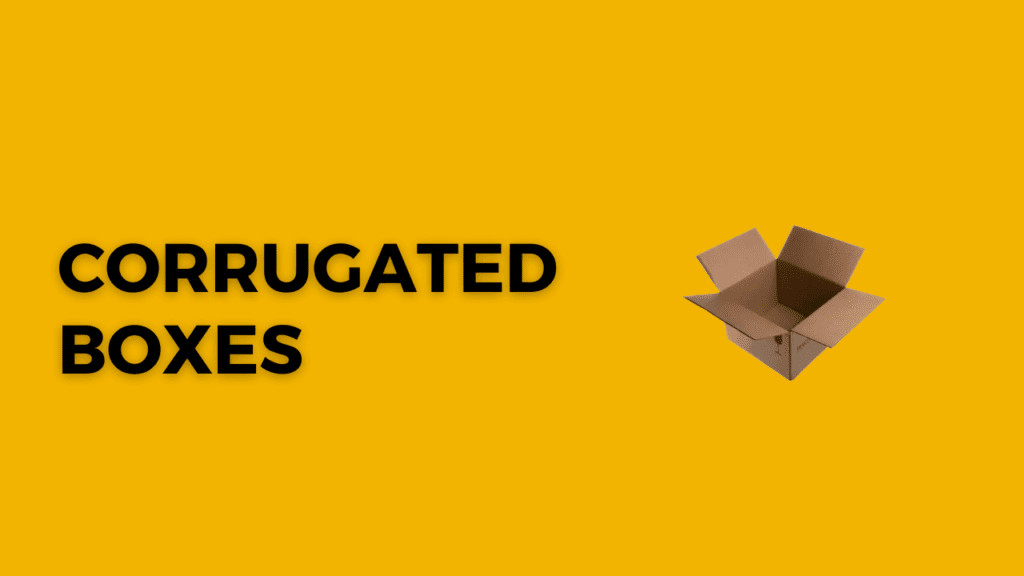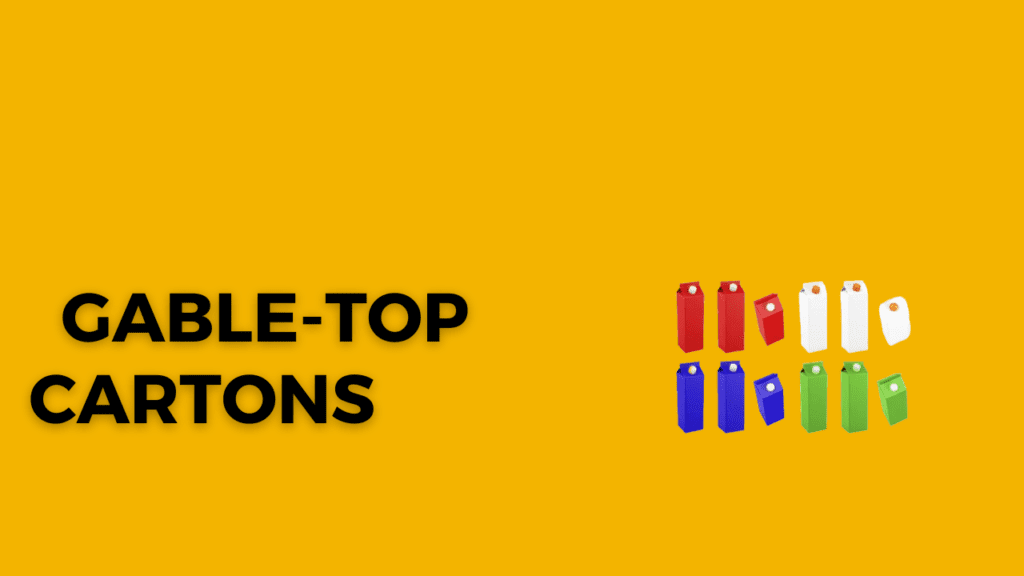Table of Contents
Definition and Types:
Before we delve deeper into the intricacies of carton packaging, let’s start by understanding what we mean when we refer to “cartons.” In the realm of packaging, cartons are versatile containers designed to house and protect a wide array of products during transit, storage, and display.
Types of Cartons:

- Corrugated Boxes:
Definition: These are sturdy and durable boxes made from three layers of paper – an inner corrugated (ridged) layer sandwiched between two flat layers.
Common Uses: Shipping boxes, storage containers, and packaging for heavier or fragile items.

- Folding Cartons:
Definition: These are typically flat-packed cartons that can be folded into shape when needed, providing a lightweight, cost-effective packaging solution.
Common Uses: Food packaging, cosmetics, pharmaceuticals, and retail products.

- Beverage carton
Definition: Specially designed cartons for packaging liquids, often made with layers of paperboard, aluminum, and polyethylene to ensure product freshness and longevity.
Common Uses: Milk cartons, juice boxes, and other liquid beverages.

- Gable-Top Cartons:
Definition: Distinctive cartons with a gable-shaped top, often used for packaging liquids and dairy products.
Common Uses: Milk and juice packaging, especially in larger volumes.

Rigid Boxes:
Definition: Sturdy and robust boxes with a rigid structure, often used for high-end or luxury product packaging.
Common Uses: Electronics, premium cosmetics, and gift packaging.

- Folding Cartons:
Definition: These are typically flat-packed cartons that can be folded into shape when needed, providing a lightweight, cost-effective packaging solution.
Common Uses: Food packaging, cosmetics, pharmaceuticals, and retail products.

- Aseptic Cartons:
Definition: Cartons designed to maintain the sterility of the contents, often used for packaging perishable goods without refrigeration.
Common Uses: UHT milk, soups, and other long-shelf-life products.
Common paper board grades
Paperboard is a versatile material with various grades tailored to specific applications. The choice of paperboard grade depends on factors such as thickness, strength, and intended use. Here are some common paperboard grades:
- Folding Boxboard (FBB):
This grade is often used for packaging applications, especially in the production of folding cartons. It has a smooth surface that is ideal for high-quality printing and graphics.
Common Uses: Packaging for cosmetics, pharmaceuticals, and premium consumer goods.
- Solid Bleached Sulfate (SBS):
SBS is a high-quality paperboard with a smooth, white surface. It is known for its excellent printing properties and is often used when a clean, bright appearance is essential.
Common Uses: packaging for food, cosmetics, pharmaceuticals, and high-end consumer products.
- Solid Unbleached Board (SUB):
SUB is a non-bleached paperboard with a natural brown color. It offers good strength and is often used in applications where a natural or rustic look is desired.
Common Uses: Packaging for organic or eco-friendly products, as well as industrial applications.
- Coated Recycled Board (CRB):
CRB is made from recycled fibers and is coated to improve its printing properties. It strikes a balance between cost-effectiveness and environmental considerations.
Common Uses: Packaging for various consumer goods, especially those emphasizing sustainability.
- White Lined Chipboard (WLC):
WLC is a multi-layer board with a white surface layer. It provides a cost-effective option for packaging applications where a white appearance is desired without the need for high-quality printing.
Common Uses: Folding cartons, backing material for notepads, and general packaging.
- Kraft Board:
Kraft board is a strong and durable paperboard made from unbleached kraft pulp. It has a natural brown color and is known for its strength.
Common Uses: Industrial packaging, tubes, cores, and applications requiring robust and eco-friendly packaging.
- Polyethylene-Coated Board:
This board is coated with a layer of polyethylene, providing moisture resistance. It is commonly used in applications where protection from moisture is crucial.
Common Uses: Frozen food packaging, beverage carriers, and applications requiring barrier properties.
- Clay-Coated News Back (CCNB):
CCNB is made from recycled paper and coated with clay for a smooth printing surface. It is commonly used in printing applications where cost-effectiveness is a priority.
Common Uses: Folding cartons for a wide range of consumer goods.
These are just a few examples, and there are many other specialized grades tailored to specific requirements in the packaging and printing industries. The choice of paperboard grade depends on the specific needs of the application, including printing quality, durability, and environmental considerations.
The Art of Packaging:
In the world of cartons, packaging is not just about functionality; it’s an art form that combines creativity, branding, and consumer engagement. Let’s explore the various elements that make up the artistry behind carton designs:
- Aesthetic Appeal
- Branding Integration
- Storytelling through Design
- Functionality and Practicality
- Eco-Friendly Designs
- Limited Editions and Seasonal Themes
- Texture and Finish
- Interactive Elements
- Cultural Sensitivity
- Regulatory Compliance
The art of carton packaging, we’ll explore the technological advancements shaping design possibilities and the challenges and triumphs in carton recycling. Stay tuned for a deeper dive into the fascinating interplay of art and functionality within the world of cartons!